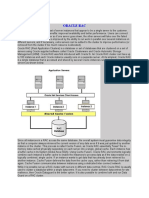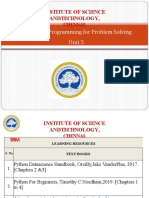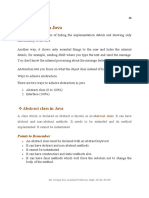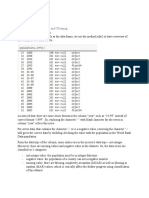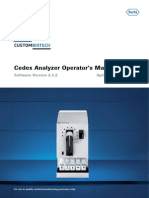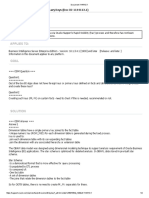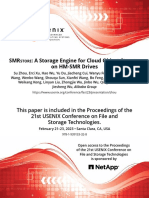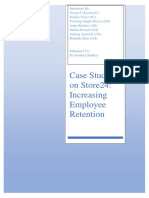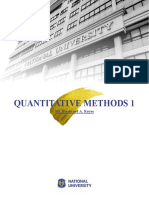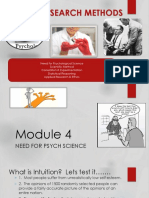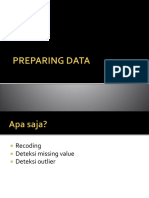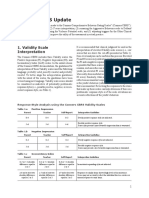100% found this document useful (1 vote)
129 views8 pagesStatistics for Business Students
This document outlines key concepts in statistics theory including definitions of statistics, data types, sampling techniques, and common statistical tests. It provides details on population and sample, descriptive and inferential statistics, qualitative and quantitative data, random sampling methods, levels of measurement, and the chi-square, t-test, ANOVA, and z-test. Chi-square tests for independence between categorical variables. T-tests compare means of two groups, and ANOVA compares multiple sample means. Z-tests determine if population means differ when variances are known and samples are large.
Uploaded by
Aakriti BhatiaCopyright
© © All Rights Reserved
We take content rights seriously. If you suspect this is your content, claim it here.
Available Formats
Download as DOCX, PDF, TXT or read online on Scribd
100% found this document useful (1 vote)
129 views8 pagesStatistics for Business Students
This document outlines key concepts in statistics theory including definitions of statistics, data types, sampling techniques, and common statistical tests. It provides details on population and sample, descriptive and inferential statistics, qualitative and quantitative data, random sampling methods, levels of measurement, and the chi-square, t-test, ANOVA, and z-test. Chi-square tests for independence between categorical variables. T-tests compare means of two groups, and ANOVA compares multiple sample means. Z-tests determine if population means differ when variances are known and samples are large.
Uploaded by
Aakriti BhatiaCopyright
© © All Rights Reserved
We take content rights seriously. If you suspect this is your content, claim it here.
Available Formats
Download as DOCX, PDF, TXT or read online on Scribd
/ 8








